Exploring Antique Technologies
by Kary Pardy
Most people know the name “Ford.” The same cannot be said of “Hupp,” though the little roadster created by the Hupp Motor Car Company won the hearts of many that drove it. With its lightness and depend-ability, the Hupp Model 20, or “Hupmobile” was popular upon its release and continues to delight a group of dedicated collectors. The story of Theodore Gemza and his Hupmobile, affectionately known as “Genevieve,” offers one such example and inspires us with the act of collecting’s ability to spread joy and foster connections through the ages.
Around 1,600 Model 20 Hupmobiles were released in 1909 and 1910 saw production numbers jumping up to over 5,000, with dealers in every state. Positioned in the same market as Ford, Hupp’s cars were affordable, dependable, and rugged. Their ease and reliability supposedly made them popular with women and police officers; the first cars deployed by the Detroit Police Department were 1910 Hupmobiles. The US Army also used Hupmobiles as staff cars and ambulances in World War I. While these customers may be recommendation enough, Henry Ford chimed in with praise, saying “I recall looking at Bobby Hupp’s roadster at the first show where it was exhibited and wondering whether we could ever build as good a small car for as little money.”
Cann had found a piece of classic car history, and soon it attracted the attention of Mr. B. Scott Isquick, a Ohio native who purchased it for 375 pounds and then immediately began presenting the car in antique car rallies, include the famed Silver Jubilee Rally from London to Bristol in 1955. Upon the car’s arrival back in her home country later that year, she was met with fanfare at the Cleveland docks after having completed the transatlantic crossing. Isquick, after a good deal of cranking and pushing help from several onlookers, gave up on starting the car and towed it home “behind one of its 1955-model cousins,” a Cleveland newspaper reported.
In 1957, Theodore Gemza, taken by the same allure as Mr. Isquick, saw his ad in Antique Automobile Magazine and according to his daughter Marcie, “quickly packed up [his wife] and their ’54 Buick for the drive from Connecticut, with a car trailer, in January, in the snow. They loved that Hupmobile and drove it everywhere.” “Genevieve” was the inaugural member of Mr. Gemza’s antique car collection. He and his wife drove the runabout all across the United States, entering it in rallies and parades, including the illustrious 435-mile Glidden Tour, then limited to the 400 oldest car applicants. The Hupmobile reached a max speed of 35 miles per hour and was a pleasant ride, but the small size, once so attractive to buyers, was what ultimately caused Mr. Gemza to turn to a 1912 Buick Touring as his primary car in 1960/61. It better suited his family of four. A 1932 Cadillac V-12 eventually succeeded the Buick for the car collector, but the little Hupp was biding its time.
Growing up, Marcie Gemza recalled hearing stories of the car’s exploits, including its ride on the Indianapolis Speedway and the even more harrowing journey climbing mountains for the Vermont Glidden Tour. She had never seen the car in its glory; after 1965 it was stored in parts in the back of the garage. But seventy years later, through heartfelt labor, Theodore Gemza, accompanied by his son-in-law and Marcie’s husband, Bill Pardy, rebuilt the Hupmobile, inspiring both generations with respect, love, and appreciation for the storied classic car and the family that cherished it. By 2011, the Hupmobile was back on the road with Mr. Gemza proudly inside.
Kary Pardy is an antique journalist, appraiser, and flea market hunter. She is an alumna of Pook & Pook, Inc, and has recently been spotted at Grogan and Company in Boston. She holds a Master’s Degree in Public History. Confused about your piece of antique technology? Email Kary at kapardy.antiques@gmail.com.


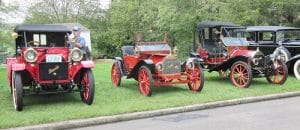
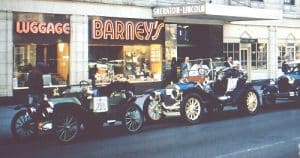

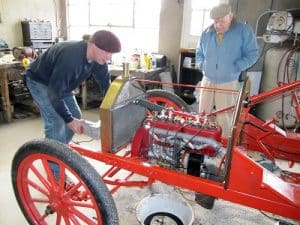
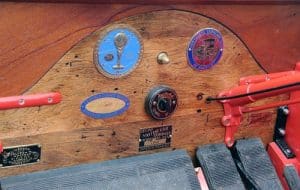
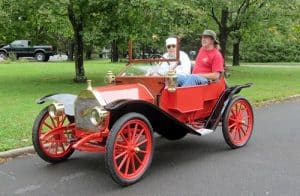



Related posts: